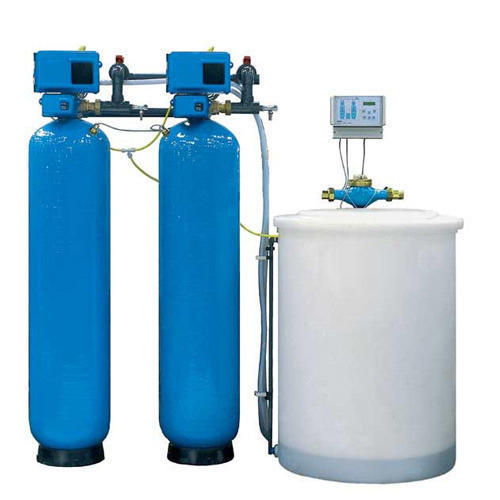Modernized avionics are very complex networks able to create, distribute, and store their own electrical energy — alternators and generators produce electricity, as well as system of rectifiers, transformers, and inverters assist in distributing this energy and convert it, by current and by voltage, for every individual system to use.
The unique system, and critical flight systems it powers, which includes location, altitude, as well as flight path monitoring systems, wouldn’t be possible without the usage of electromagnetics. About 3 high-performance electromagnetic elements are especially vital.
Transformer Rectifier Units
They’re employed to support and power various avionics systems. Operating upon inputs of three-phase AC power sources, they’re available within an array of differently-sized models able to output anywhere from 10 to 400 power amps. Available within 24-pulse and 12-pulse rectification models, a transformer rectifier unit may output an array of DC voltages, too, more typically 28V DC, with output power which is clean and around 88 percent efficient.
Air Core Conductors
Rather than using a coil that is wound around a ferromagnetic core, an air core conductor is unique from many other electromagnetic elements in that they’re wound around lighter substances, like PTFE or glass, or nothing but air. It’ll make for a very light conductor, perfect for flight applications in which every ounce will count. They may be explicitly manufactured and designed for VHF-UHF RF applications, which makes them perfect for use within numerous applications in the military.
Isolation Power Transformers
In isolating their main windings from secondary windings, an isolation power transformer goes a long way in guarding both sensitive electronic equipment and users. Electric shocks inside the aircraft might short critical systems, and endanger the passengers and flight crew.
Learn More
Custom transformer rectifier units, isolation power transformers, and air core conductors represent just a small amount of the multiple electromagnetic applications discovered in the aerospace industry. Communications, navigation, and several other systems need magnetics, and aerospace situations where they are used need optimal performance.






